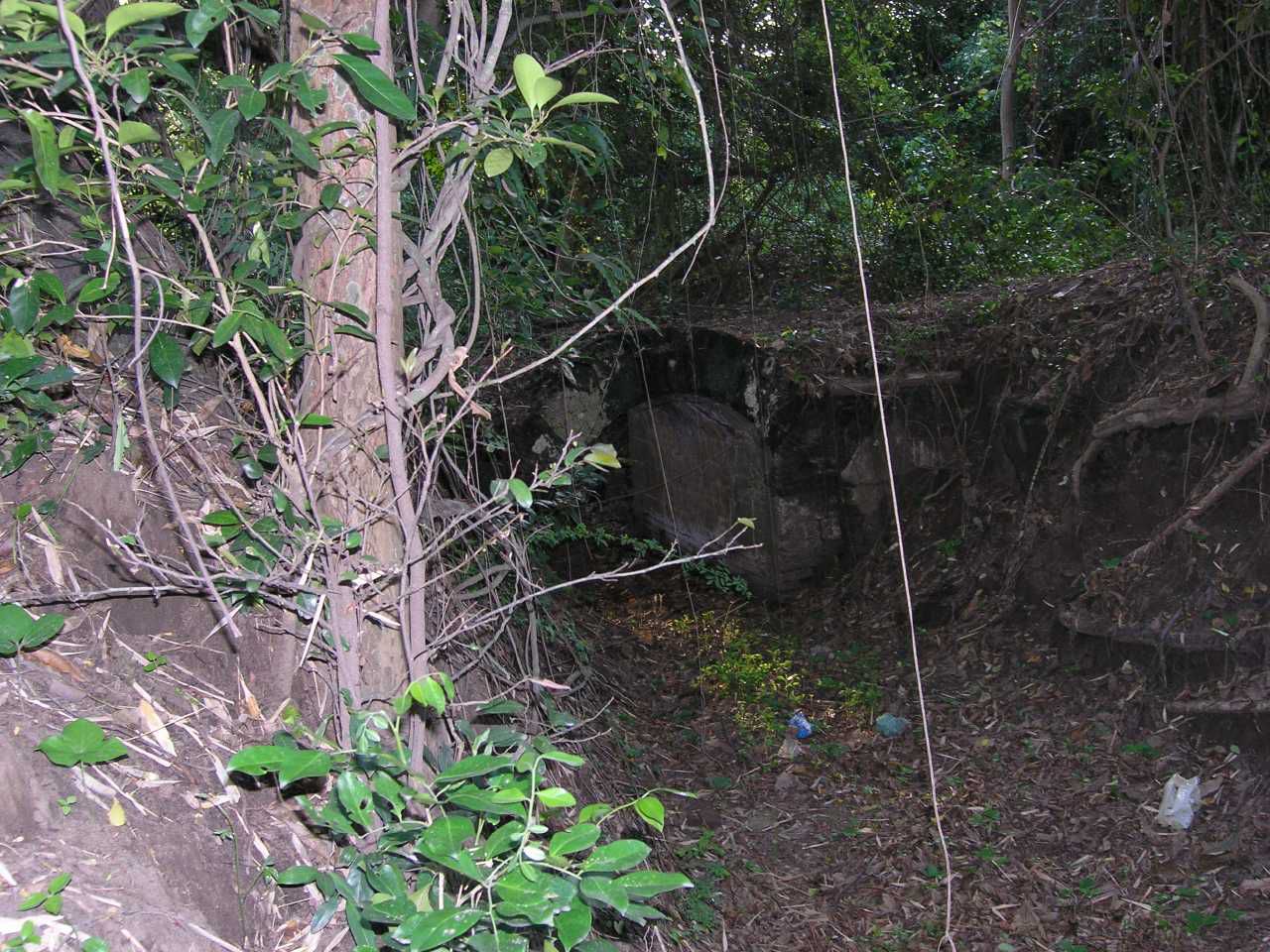
The location of former Danish Sorgenfri, 2004
From the location of the former Danish Government garden house, named Sorgenfri (“Free of Sorrow”), near Thillayadi on the former Danish territory of Tranquebar. From the house, an avenue shaded by trees lead through the garden to the steps leading down into the Uppanar river. When Henrietta Clive, the wife of the British governor in Madras, visited Tranquebar and the garden house in late September 1800, she entered the following description in her journal: “Came to General [Governor] Anker’s garden house, then from the fort he [took] us in his boat to his garden. It is a very pretty place on the bank of the river with walls and a great many of the large lilies growing high upon their stems.” The garden house was used very often by Governor Peter Anker and his cohabitee, the English widow Mrs Mallard. Anker served in Tranquebar from 1788 until 1806. During his previous stay in England where he held the post first as Danish-Norwegian consul of Hull and later London, he might have to come to know the English Mrs. Mallard who as young widow soon after his arrival in Tranquebar moved in with him in the governor’s residence along with her ten year old son. Unfortunately, both she and her son died already in 1791. In the garden of Sorgenfri it is said that he placed a memorial stone for Mrs. Mallard like he did also at his estate in Norway on his return home. Tranquebar – or Tharangampadi – is a village on the Coromandel Coast of south India. A large part of the population in Tranquebar are fishers or working within business related to fishing. The language is Tamil and the majority of the inhabitants adhere to religious traditions of Hinduism, but there are also smaller communities relating to Christianity or Islam. During India’s colonial period, Tranquebar functioned as a Danish trade station from 1620-1845. The place has a rich intercultural history, documented in historical buildings and rich archival sources as well as old and new ethnographic collections of material items, photos and accounts of everyday life.